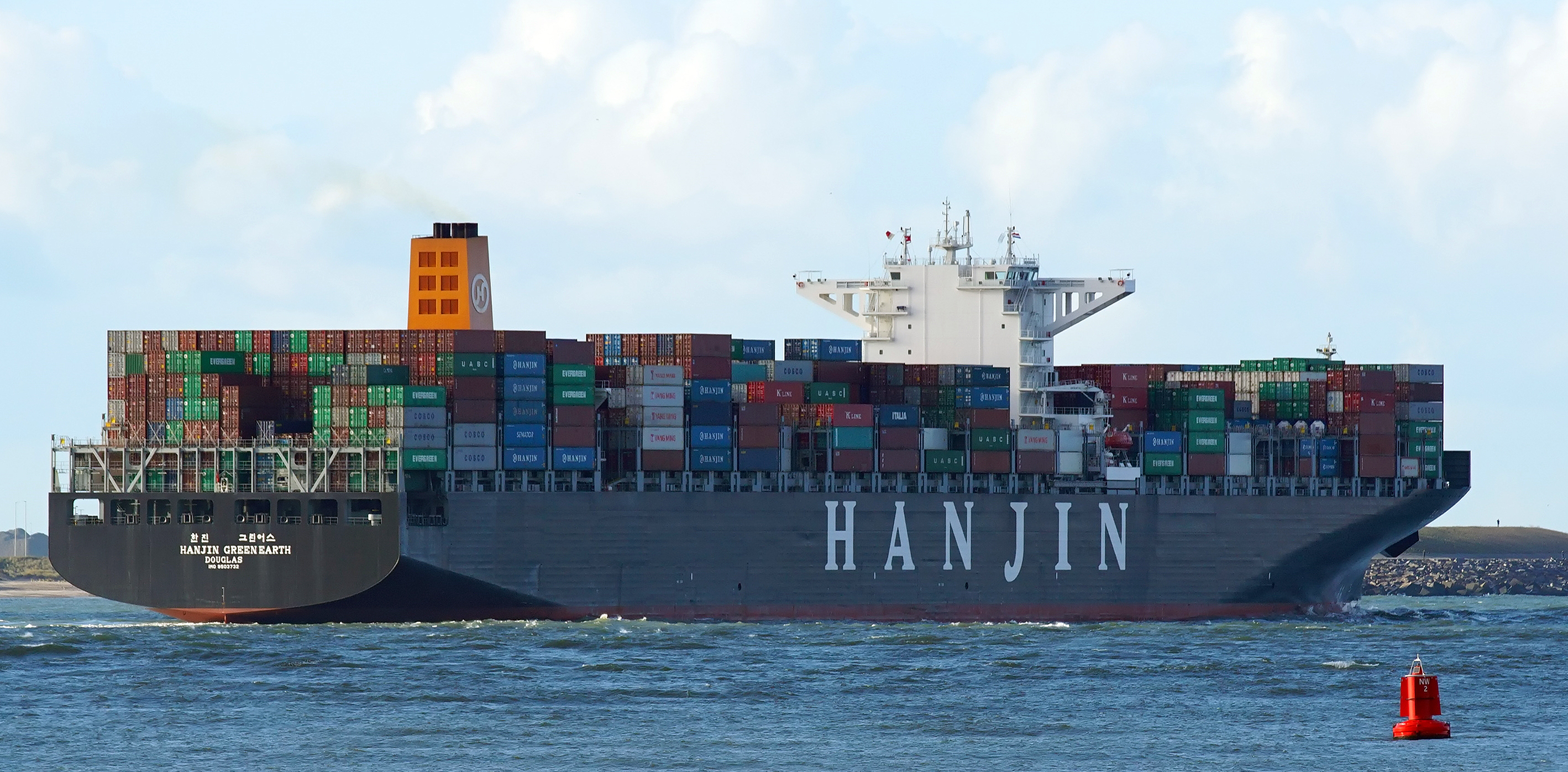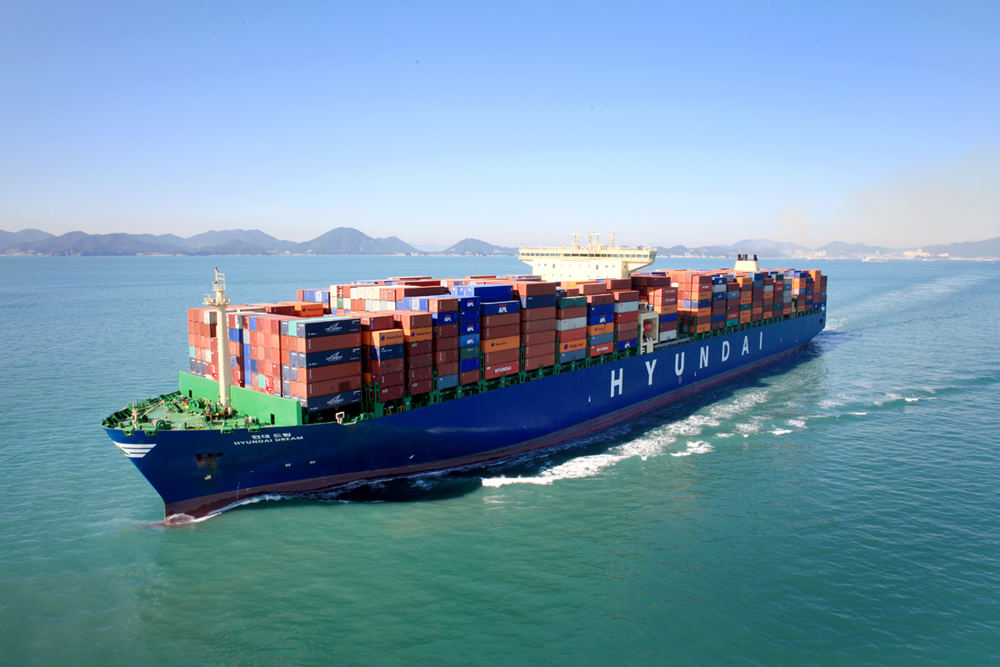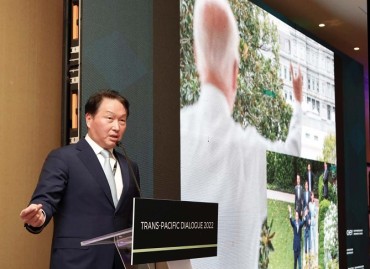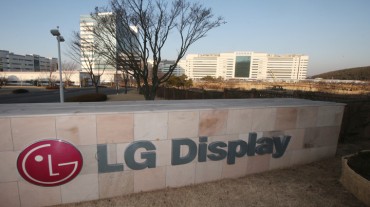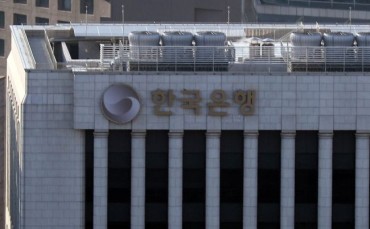SEOUL, Aug. 28 (Korea Bizwire) – South Korea’s shipping industry is still reeling from the fallout from Hanjin Shipping Co.’s bankruptcy last year as the remaining companies have yet to fill the vacuum left by Hanjin, once the nation’s top player, analysts said Monday.
Hanjin Shipping, previously the world’s seventh-largest shipper, was put under court receivership in September last year as its creditors rejected a self-rescue plan and refused to save the failing business before it was declared bankrupt in early February.
Hanjin Shipping, established in 1977, and local shippers had been groaning under severe financial strain because of falling freight rates stemming from an oversupply of ships and a protracted slump in the world economy.
Hanjin’s bankruptcy sent shock waves through the whole shipping industry, but some rival companies inwardly welcomed it as a rare opportunity to expand their market presence.
One year after Hanjin sought court protection from creditors, however, Hyundai Merchant Marine Co. and other domestic shipping companies are still struggling to make their presence felt in the global market, despite some signs of a recovery in their business such as rising freight rates.
Some skeptics even voice concerns that South Korea, once a shipping powerhouse, could degenerate into a minnow on the global stage without concerted efforts to hone its competitive edge.
Following the court receivership, Hanjin’s vessels and routes were sold to its domestic and global rivals, with its global network, including regional headquarters and agencies across the world, fading out of existence.
Before the failure, Hanjin operated a fleet of 100 container vessels and 44 bulk carriers, ranking the container line among the world’s top seven players.
As domestic financial authorities wished, Hyundai Merchant Marine and SM Line Corp. acquired some of the Hanjin fleet, but its core assets — nine vessels with capacities of about 13,000 twenty-foot equivalent units (TEUs) — were sold to Maersk Line of Denmark and Mediterranean Shipping Company (MSC) of Switzerland.
Domestic shipping companies have also failed to purchase all 71 global routes operated by Hanjin. SM Line bought 50 U.S.-Asian and inter-Asian routes, but the remaining routes were closed.
Hyundai Merchant Marine and SM Line took over about 10 Hanjin container terminals at home and abroad, but its core flagship terminal in New York’s Long Beach was sold to Maersk.
An industry insider expressed regret over the local financial authorities’ decision on Hanjin’s bankruptcy. “Hanjin had a large amount of tangible and intangible assets, and some say it will be impossible to form a shipper of Hanjin’s scale again,” he said. “It is regrettable for the financial authorities to decide on a bankruptcy from the financial perspective without fully considering the characteristics of the shipping industry.”
Despite South Korea’s efforts to revive the shipping industry, domestic players are said to have a long way to go to catch up with global leaders in consideration of various indicators.
The combined capacity of domestic shippers catering to overseas routes — Hanjin and Hyundai Merchant Marine — stood at 1.05 million TEUs as of the end of August last year, but the number for Hyundai Merchant Marine and SM Line plunged to 390,000 TEUs a year later.
The tumble strikes a sharp contrast to global leaders’ fierce competition to increase capacity through mergers and acquisitions and placing new orders for container ships in the wake of Hanjin’s bankruptcy, according to analysts.
“Before Hanjin’s insolvency, there were growing calls that top local players Hanjin and Hyundai Merchant Marine should merge to enhance competitiveness before their financial health worsens further,” a market analyst said on the customary condition of anonymity. “In retrospect, it leaves much to be desired.”
Hyundai Merchant Marine has an ambitious plan to emerge as a global shipping line with a capacity of 1 million TEUs by placing new ship orders, but industry watchers say it can’t attain the goal immediately since it usually takes three to four years to take delivery of a ship after an order is placed.
On top of the decreased capacity, the local shippers’ share of U.S.-Asia routes has also dropped over the past year. Hanjin and Hyundai Merchant Marine had a combined share of 10.9 percent on the routes as of the end of June last year, with Hyundai Merchant Marine holding 5.8 percent a year later.
With the local shipping industry struggling in the wake of Hanjin’s bankruptcy, the South Korean government is striving to forge measures that can help domestic shippers get back on their feet.
In October last year, the government unveiled a package of steps aimed at strengthening the shipping industry’s competitiveness. The Moon Jae-in government, which began in May, set the establishment of a shipping powerhouse as one of its 100 policy goals.
The Moon administration will also provide support to a business alliance that Hyundai Merchant Marine and 13 other shippers launched early this month to work together to develop new shipping routes and operate overseas terminals. It also plans to set up a state-funded maritime promotion corporation by June next year.
Experts, however, caution that it remains to be seen whether such measures can bear fruit. “The government needs to pay closer attention to demands from the shipping industry,” a source said. “It should come up with a mid- and long-term aid package, given the traits of the shipping industry.”
(Yonhap)


